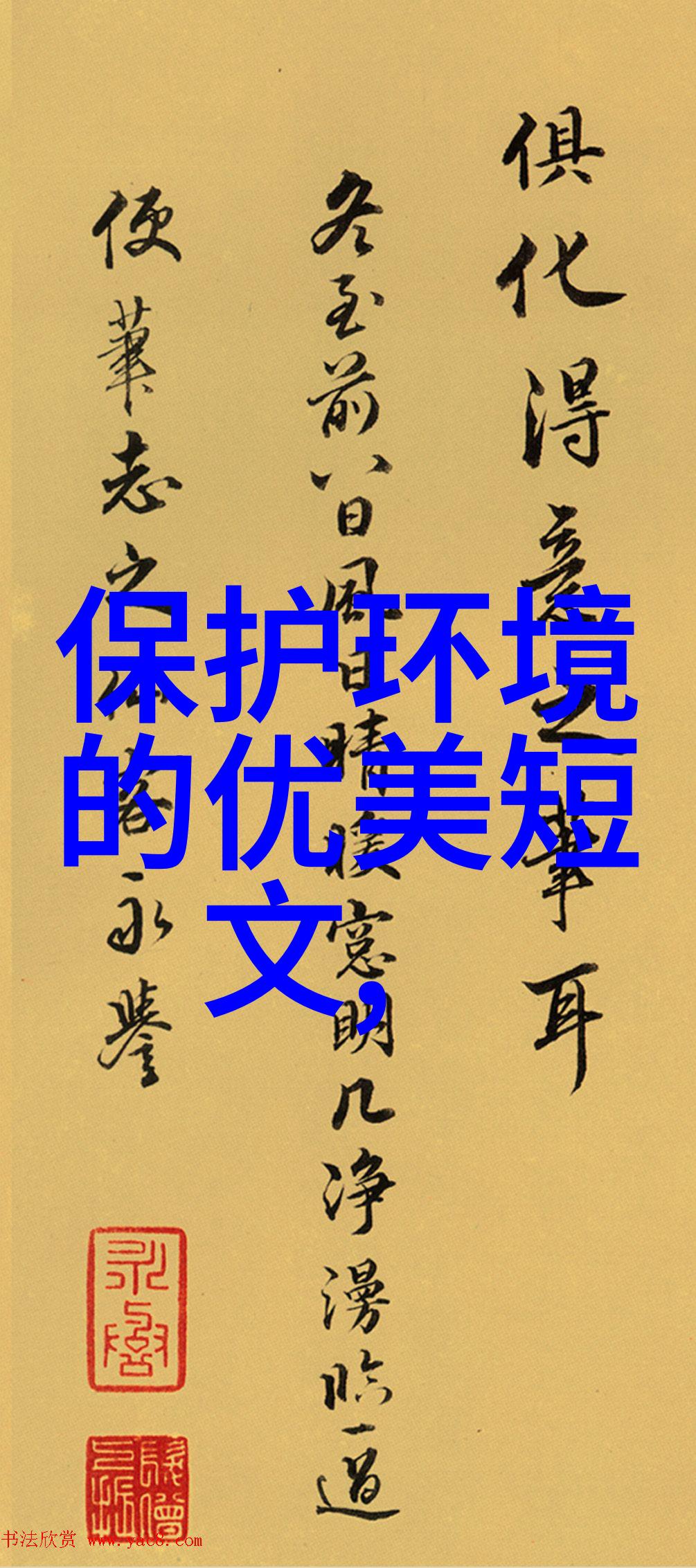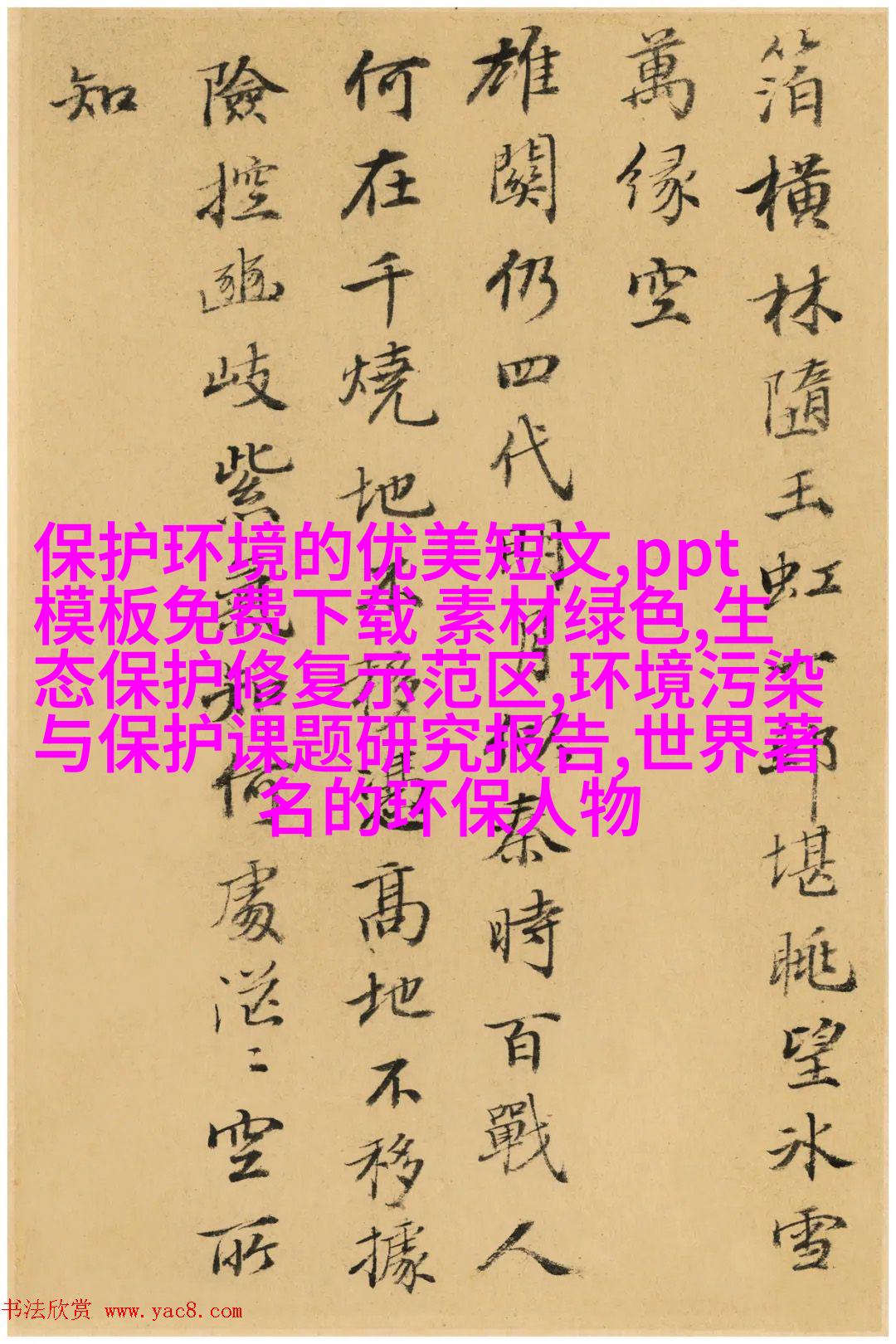Mastering the Art of Translation Bridging Cultural
Mastering the Art of Translation: Bridging Cultural and Linguistic Gaps

The Evolution of Translation
Translation has been an integral part of human communication since ancient times, with evidence of translation dating back to the earliest civilizations in Mesopotamia, Egypt, and Greece. From there, it spread throughout Europe during the Roman Empire and continued to grow as trade routes expanded across Asia and Africa. Today, translation is a vital tool for global businesses, governments, educational institutions, and individuals alike.

The Challenges of Translation
While technology has made significant strides in improving translation accuracy and speed over the past few decades through machine learning algorithms like Google Translate or Microsoft Translator's neural machine translation (NMT), there are still numerous challenges that translators face when working with different languages. These include differences in grammar structure between languages (e.g., subject-verb-object word order vs. object-subject-verb word order), cultural nuances that may not be easily conveyed through literal translations (e.g., idioms or colloquial expressions), variations in vocabulary usage depending on regional dialects or specialized fields (e.g., legal terminology vs. medical terminology).

Key Skills for Translators
To overcome these challenges effectively, professional translators must possess a combination of skills including linguistic proficiency in both source language(s) - typically English - and target language(s); extensive knowledge about various cultures; strong analytical thinking to understand context clues; attention to detail for ensuring accuracy; creativity when faced with ambiguous terms or phrases; ability to convey complex ideas concisely while maintaining their original meaning; strong writing skills that can adapt style accordingly based on genre such as technical documentation versus marketing copy.

Advances in Technology
Recent advancements have significantly impacted how we approach translating content today by providing tools capable of handling more than one language pair simultaneously at once efficiently without sacrificing too much quality compared traditional methods where each individual sentence needed manual intervention before being translated into another language afterward resulting less efficient use time resources money etcetera Furthermore improvements neural networks deep learning techniques further enhance overall performance generating higher-quality output comparable results achieved human professionals who've spent years honing their craft.

5 Future Trends & Opportunities
The future outlook appears bright indeed as technological advancements continue shaping this field new innovations emerging daily There will likely remain room growth within industry itself from increased demand international business communications ongoing globalization efforts As well AI-driven platforms become increasingly sophisticated they could potentially automate routine tasks freeing up experienced linguists focus higher-level creative aspects work opening doors opportunities development new services products cater specific niches needs clients seeking customized solutions tailored their unique requirements Finally better collaboration between humans machines promise unlock potential unprecedented levels productivity efficiency leading toward seamless integration diverse communication channels worldwide